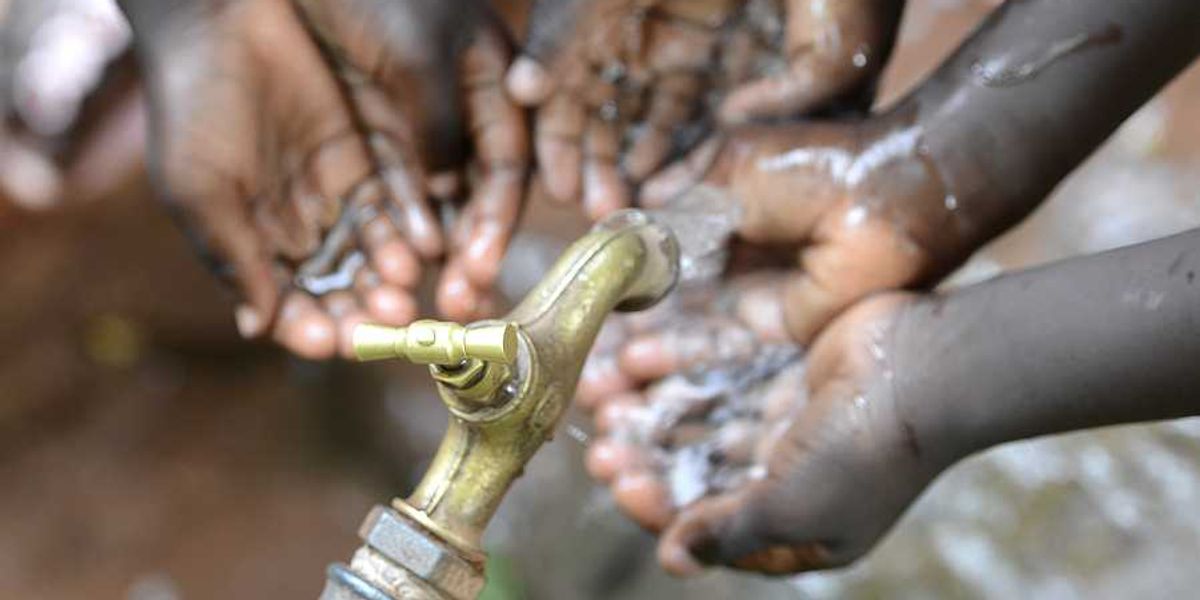
The emerging field of pollution and mental health research
EHN talked to researchers probing the pollution and mental health link. Funding, data gaps remain challenges, but the field is on the rise.
Mounting scientific evidence reveals that environmental pollution and the stress of climate change not only anguish our physical health, but also impact our mental health.
Last month EHN and The Allegheny Front highlighted the mental health impacts of environmental pollution in western Pennsylvania, revealing links between certain air pollutants, lead in drinking water, and climate change stress to negative mental health outcomes.
Read our full series on pollution’s mental toll: How air, water and climate pollution shape our mental health
While pollution links to cancer, respiratory illnesses, and cardiovascular diseases are relatively well-studied and understood, many unknowns remain when it comes to our mental health.
EHN spoke with researchers across the U.S. who are investigating the intersection between environmental pollution and brain health. They told EHN that the field is emerging, but needs more resources and a robust research infrastructure to grow and thrive.
Field grows
Although scientists have known about the burden of pollution on our hearts and lungs since the 1970s, it wasn’t until the past decade that the scientific community began looking into pollution’s mental toll.
Aaron Reuben, a researcher and PhD student in clinical psychology at Duke University, told EHN that when he first became aware of the overlap between the environment and mental health about 10 years ago, the field “was absolutely a niche.” In April, Ruben published a study linking increased exposure to outdoor air pollution in childhood and adolescence to higher risks of mental illnesses transitioning to adulthood.
Searching “pollution and mental health'' in PubMed, one of the largest biomedical literature databases maintained by National Institutes of Health (NIH), the results show an exponential growth of studies since the last decade — from less than 50 entries in 2010 to more than 230 in 2021.
Despite the recent research boom, Reuben told EHN “we barely began to scratch the surface” for some lesser known pollutants, such as plasticizers and certain pesticides. Most of the early research has instead focused on air pollution and heavy metals.
“Maybe they're out of diapers,” Dr. Gina Solomon, a physician and occupational environmental medicine professor at University of California, San Francisco, told EHN, “but they're certainly not grown up yet,” referring to areas of research examining the interplay between toxic chemicals and waste sites and mental health.
Funding challenges
Erika Manczak, a psychology professor at University of Denver, told EHN that “funding is a really big barrier” for her to advance research in this field. A trained clinical psychologist, Manczak, who is from Michigan, grew interested in investigating how water pollution affects mental health around the time of the Flint water crisis — a disaster that she said “hit figuratively and literally at home.”
Currently, the National Institute of Environmental Health Sciences (NIEHS), an NIH branch that primarily funds environmental health research, foots the bill for more than 1,700 active projects totalling almost 982 million dollars. Searching “pollution and mental health” in the NIH’s research portfolio database for NIEHS on Dec. 8, 2021, yields 29 projects at a little less than $13 million. A search for “pollution and respiratory health” yields 124 projects at a little under $58 million, while “pollution and cardiovascular health” yields 82 projects at a little under $36 million.
Kimberly Yolton, a developmental psychologist and epidemiologist at Cincinnati Children’s Hospital, was awarded a 5-year, 5.3-million-dollar grant from NIEHS with two other colleagues to track the effects of air pollution on mental health in children and adolescents. “We did submit [the grant proposal] three times,” Yolton told EHN. “We finally got it on the third try.”
The NIEHS-funded environmental studies are “poised to look at the neurodevelopmental changes but not so much on physician-diagnosed mental health disorders” Kimberly Gray, a program director for NIEHS’ Population Health Branch, told EHN. Meanwhile, she said the neuroscience studies funded by the agency are “moving in the direction of specifically looking at mental health disorders.”
There are signs of pollution and mental health on the funding agency’s radar. In May 2011, NIEHS hosted a workshop, where a panel of research scientists convened to identify research gaps and priority goals essential for understanding outdoor air pollution and brain health. NIEHS scientists also published a paper on the impact of environmental exposures on neuropsychiatric disease in 2019.
Data gaps
Beyond obtaining funding, researchers also face the barrier of obtaining helpful data. When it comes to studying harmful environmental exposures to humans, “we aren't able to take advantage of the most powerful epidemiology tool, which is the randomized control trial,” said Reuben. This is because it is unethical to conduct randomized control trials to deliberately expose people to harmful pollutants.
Therefore, researchers often work to find “interesting and creative ways” to retrofit available mental health data from previous studies or health information systems and match it with pollution data to infer the relationship between the two, Manczak said.
To that end, Reuben said his research can sometimes be “handicapped” by the lack of a national registry of healthcare information in the U.S. Since healthcare data is maintained by different healthcare systems or insurance companies, he said it can be cumbersome for researchers to piece together mental health data on a national level.
The same goes for environmental pollution data. As Manczak moved between states, she realized each state’s environmental agency makes different environmental data publicly available. For instance, Manczak said California is “incredibly transparent” and made their environmental data easily accessible to the public. Meanwhile, in her current state, Colorado, she said she has been “definitely struck by the fact that there isn't that same infrastructure available to the public.”
The hurdle of having to file public information requests to get the data, she added, “is not a catastrophic barrier, but it adds additional layers that make it more challenging” for scientists to conduct their research.
Rupa Basu, a California Environmental Protection Agency scientist, also told EHN that she felt her research is “really limited by the data.” “We can access hospital records (and) emergency room visits,” said Basu, who has been studying air pollution and heat waves and their mental health impacts in California. “But what about getting things like phone calls, which medications that are used, and other factors that are not covered in there?”
Crossing fields
Researchers also think there is a need to encourage cross-talks in both the fields of mental health research and environmental exposure.
“I definitely run into the challenge of where to send articles,” Manczak said, alluding to the fact that her research is often somewhere in between a traditional environmental exposure study and a psychology study.
“The field is still trying to learn a common language and even settle upon appropriate journals in which to publish this work,” agreed Solomon, the UCSF professor .
Solomon serves on the National Academies’ Standing Committee on Use of Emerging Science for Environmental Health Decisions. In February 2020, the committee hosted a workshop exploring ways to better forester the multidisciplinary collaboration between mental and behavioral health and environmental health experts. “You have to go knock on doors in a different department,” she said.
Many researchers have already done so, including Yolton, the developmental psychologist at Cincinnati Children’s. She teamed up with Patrick Ryan, an environmental epidemiologist, and Kim Cecil, a radiology researcher at Cincinnati Children’s, for the NIEHS-funded project. “I think it's a strength of our team to have complementary expertise,” Ryan, told EHN.
An “important part of the puzzle”
Beyond the call for more resources to support their research, scientists also hope their findings can be integrated into environmental policy making and clinical decision making.
When setting environmental regulatory standards, “we quite rightly looked at things like mortality, heart and lung diseases, and cancers,” said Duke’s Reuben. “I would say it's time to start adding brain health and mental health to that list.”
“Mental health is such a fundamental component of physical health,” Manczak concurred. “We're missing a gigantic and important part of the puzzle if we're only concentrating on physical health outcomes.”
Banner photo credit: engin akyurt/Unsplash













